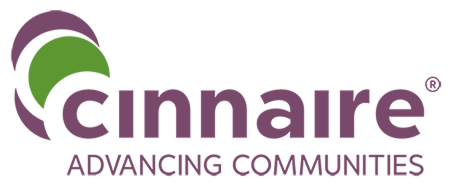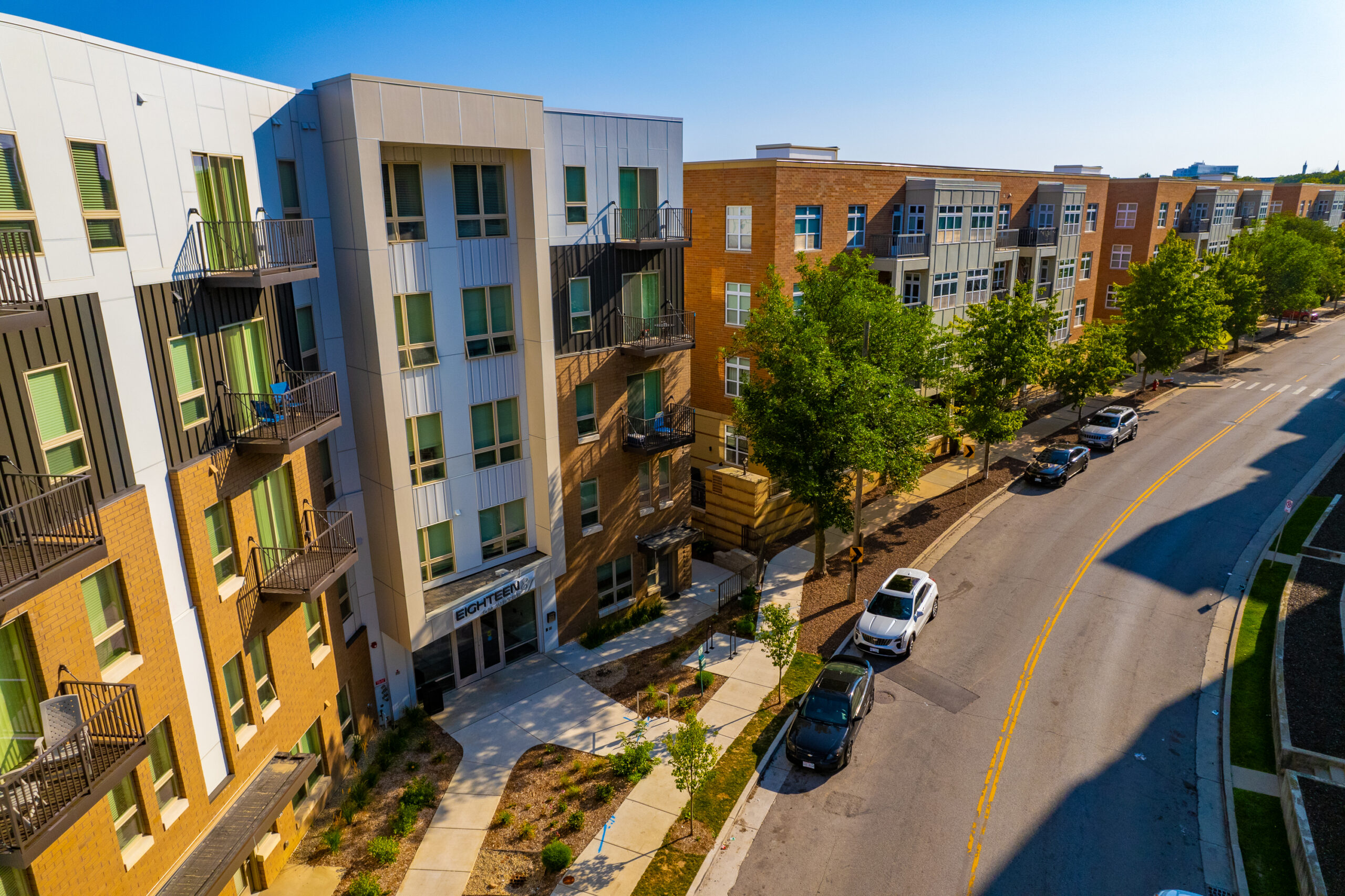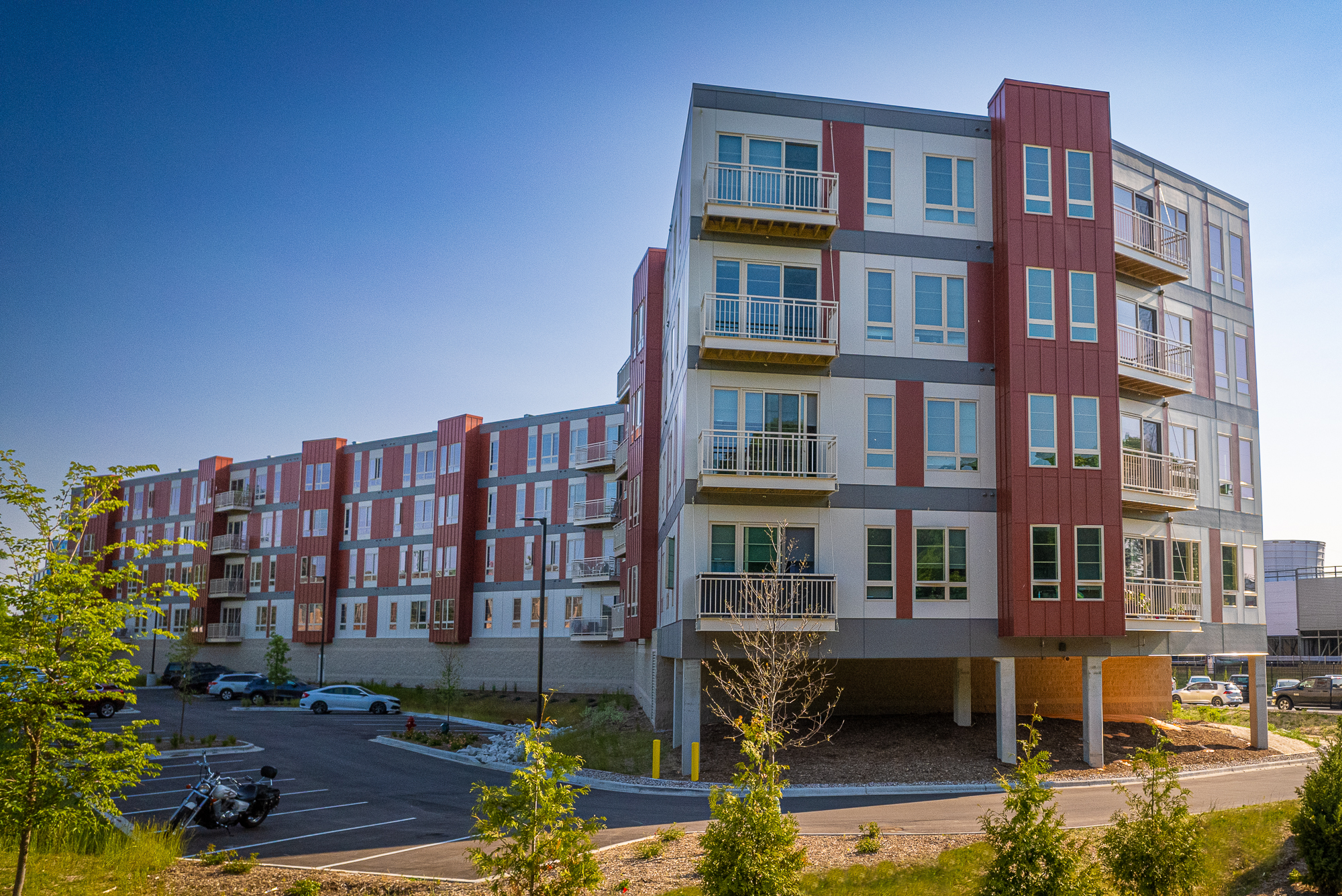73% RPP hiring
vs. 40% required (Seven04 Place)
41% SBE participation
vs. 25% required (Seven04 Place)
Projecting 31% SBE
vs. 25% mandate (THIRTEEN31 Place)
31% Section 3
vs. 25% mandate (THIRTEEN31 Place)
Organizations we work with.
Get in touch.
Reach out to Adam Arndt to kickstart your project.

Adam Arndt
President
As the president of Catalyst Construction, Adam brings a unique understanding of the owner’s priorities for their building project and the responsibilities of the construction manager. For nearly 20 years, Adam has worked with owners to understand their mission, wants, and constraints, he helps find unique solutions to the problems that many mission-driven companies face.











